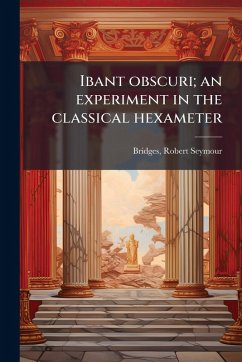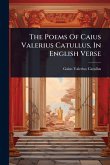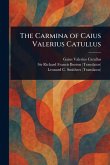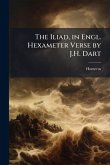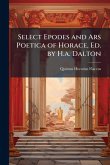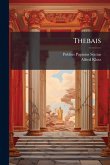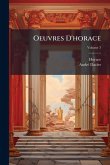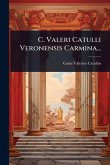Ibant obscuri; an experiment in the classical hexameter, by Robert Seymour Bridges, is a notable work exploring the nuances of Latin verse. Published in 1915, this experiment delves into the intricacies of the hexameter, the traditional meter of classical epic poetry. Bridges, a celebrated poet, brings his expertise to bear on the Latin language, offering readers a glimpse into the challenges and rewards of crafting poetry in this venerable form. This volume offers both enthusiasts and scholars a unique opportunity to engage with classical poetic techniques and appreciate Bridges' dedication to reviving and mastering them. 'Ibant obscuri' remains a testament to the enduring appeal of classical literature and the ongoing quest to understand its timeless beauty. This work has been selected by scholars as being culturally important, and is part of the knowledge base of civilization as we know it. This work was reproduced from the original artifact, and remains as true to the original work as possible. Therefore, you will see the original copyright references, library stamps (as most of these works have been housed in our most important libraries around the world), and other notations in the work. This work is in the public domain in the United States of America, and possibly other nations. Within the United States, you may freely copy and distribute this work, as no entity (individual or corporate) has a copyright on the body of the work. As a reproduction of a historical artifact, this work may contain missing or blurred pages, poor pictures, errant marks, etc. Scholars believe, and we concur, that this work is important enough to be preserved, reproduced, and made generally available to the public. We appreciate your support of the preservation process, and thank you for being an important part of keeping this knowledge alive and relevant.
Bitte wählen Sie Ihr Anliegen aus.
Rechnungen
Retourenschein anfordern
Bestellstatus
Storno

